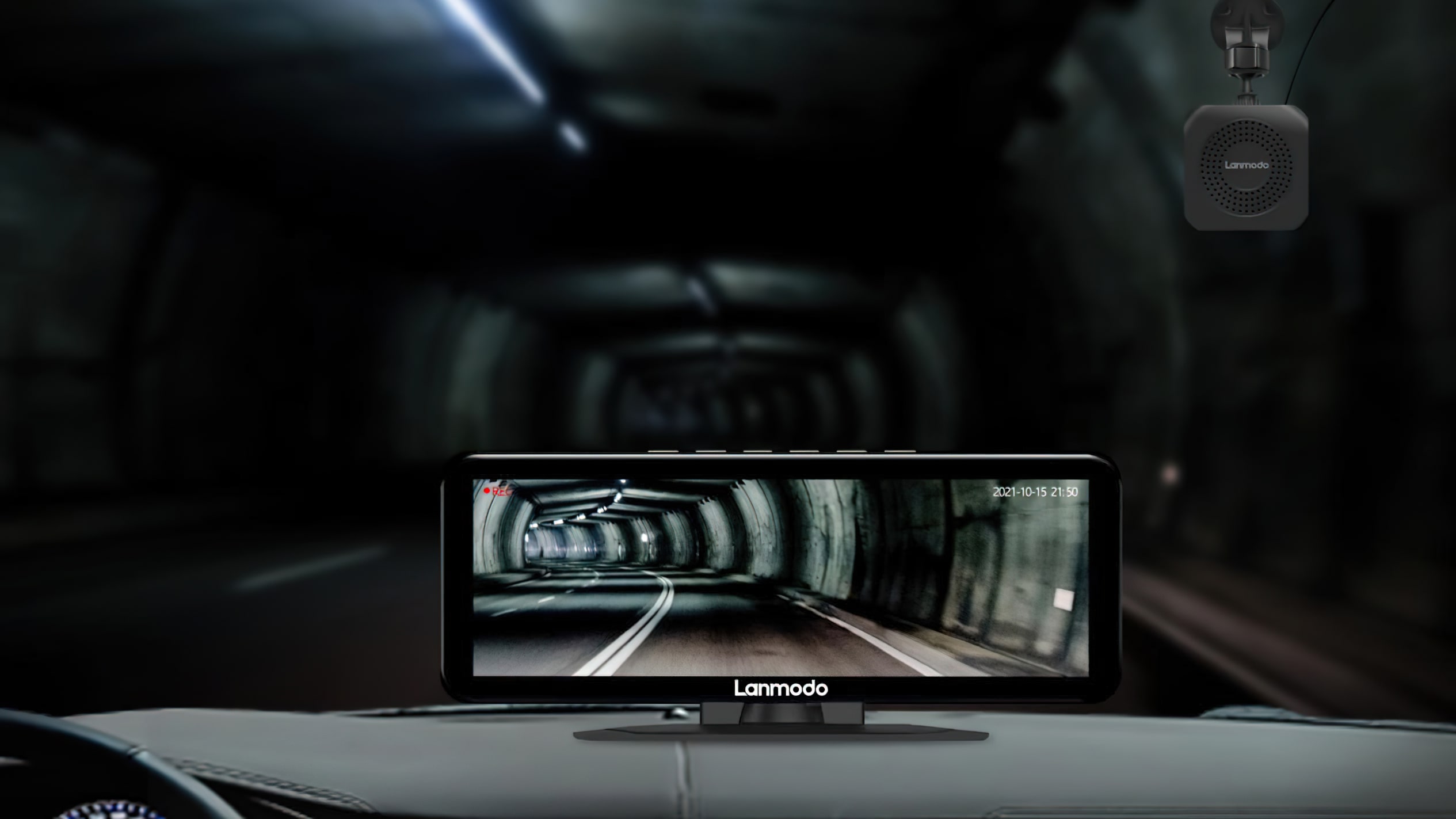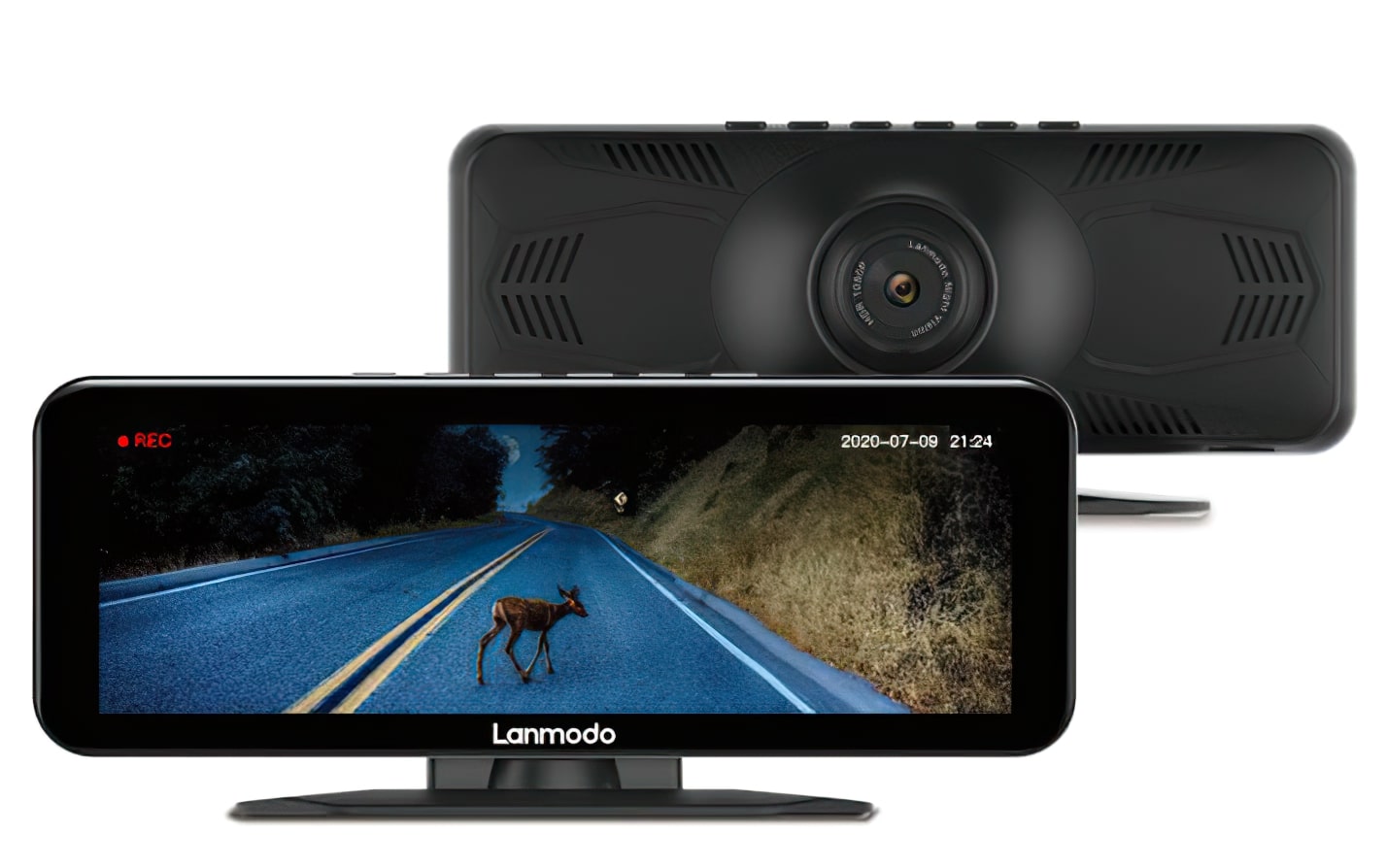
The Acer Predator Triton 500 might be the primary gaming laptop I’ve examined the place I’ve virtually fully forgotten it’s a gaming laptop computer. Sure, the keyboard’s RGB backlight is a little bit of a giveaway, as is the blue LED Predator brand on the again of the show, however that is by far one of many quietest gaming laptops I’ve had on my desk in fairly a while. It’s certainly not fully silent, after all – its followers nonetheless kick up a little bit of fuss when enjoying games – nevertheless it by no means received to the purpose the place I felt the necessity to plug in a pair of headphones or fiddle about with its varied cooling profiles. If my Dell XPS 15 gave up the ghost tomorrow, I’d critically think about making this my subsequent laptop computer.
It’s costly, costing £1799 within the UK at time of writing and $2000 within the US (albeit with a brand new ninth Gen Intel Coffee Lake processor as an alternative of the eighth Gen Core i7-8750H in my explicit pattern), however Acer’s Predator Triton 500 ticks a whole lot of bins for me. It’s highly effective, certain, coming geared up with that aforementioned Core i7 CPU, an Nvidia GeForce RTX 2070 Max-Q graphics chip, 16GB of RAM and a 512GB NVMe SSD, however crucially it’s not too cumbersome or certainly shoulder-cripplingly heavy, weighing roughly 2kg and measuring simply 17.9mm thick. That’s solely 200g extra and 1mm larger than my XPS 15, which for me at the very least is a worthwhile trade-off contemplating the improve you’re getting within the outdated gaming division.
Nvidia’s energy-efficient RTX 2070 Max-Q chip is a good match for this laptop computer, because it’s not solely capable of hit a clean 60fps on max settings in a whole lot of as we speak’s largest games, however knock the settings right down to High and also you’ll begin making use of the show’s 144Hz refresh price, too – which is a refreshing change after the variety of excessive refresh price laptops I’ve examined that aren’t ready to do that except you begin dropping the standard down even additional.

The keyboard’s LED backlight is blue by default, however you may change it to each color of the rainbow by opening its bundled Predator Sense software program.
Take Monster Hunter: World, for instance. On Highest, I managed a median of 58fps on Highest at 1080p as I sauntered across the game’s Ancient Forest, which rose to a median of 83fps once I ran by way of the identical sequence once more on High. It is, admittedly, not fairly as nippy because the RTX 2070 Max-Q geared up Asus ROG Strix Scar II or Asus ROG Zephyrus S, with every laptop computer squeezing out simply a few further frames on each settings, however in addition they appeared like they have been about to launch into house at any given second. The Triton 500, then again, was barely audible above the sound of the battle music.
It was an identical image over in Total War: Three Kingdoms and Shadow of the Tomb Raider, too. In Total War, the Triton 500 managed a median of 58fps on Ultra within the game’s inner benchmark, whereas High produced a fair smoother 74fps. Shadow of the Tomb Raider, in the meantime, was even smoother, producing a median of 62fps on Highest with its prime SMAAx4 anti-aliasing possibility enabled as I wandered across the busy pageant of Cozumel’s Day of the Dead pageant, and a median of 86fps once I dropped its anti-aliasing down to simply common SMAA.
Forza Horizon four was sooner nonetheless, averaging 95fps on Ultra in its built-in benchmark and 119fps on High. Again, Asus’ Scar II technically pips the Triton 500 to the end line right here, however I’d slightly take that hit on the Triton’s efficiency than have its followers sound like they’re preparing for take-off. The Triton 500 will virtually definitely be an excellent match for older games as nicely, as even the taxing Witcher III reached common heights of 74fps on Ultra and 97fps on High.

Ports-wise, you get a Gigabit Ethernet port, HDMI output, devoted headphone and microphone jacks, plus one USB 3.1 port on the left hand aspect of the Triton 500…
Naturally, there’ll nonetheless be some games on the market that push the Triton 500 to its limits, resembling Final Fantasy XV, Assassin’s Creed Odyssey (whose unusual juddering bug appears to have been fastened now) and Metro Exodus, however even these can attain a playable 60fps on virtually max settings with out bursting your ear drums.
Assassin’s Creed Odyssey, for instance, nonetheless managed a median of 58fps on Very High (Ultra High solely mustered a median of 51fps), whereas Metro Exodus’ benchmarking device got here in with a median of 60fps on High (and that was with a whole lot of its PhysX bells and HairWorks whistles all switched on, too, I’d add) and 50fps on Ultra. You’ll probably must drop right down to Medium if you wish to swap on Metro’s ray tracing, however that’s nonetheless fairly good going for a Max-Q laptop computer chip.
The similar applies to Final Fantasy XV’s varied Nvidia results, too. While it was able to producing of pretty, clean common of 67fps once I was working up and down the hills of Duscae on Highest with all of its results switched off, this dropped to 49fps once I turned on HairWorks and TurfEffects. That’s nonetheless completely playable in my eyes, however even High struggled to do rather more than a median of 55fps with these switched on as nicely. Without them, it was hitting 73fps on High, nevertheless it actually is determined by what your priorities are.

…plus one other two USB 3.1 ports, a mini DisplayPort output and a USB C / Thunderbolt Three port on the proper hand aspect (and sure, that’s how far the display goes again on its extremely versatile hinge).
Either approach, bar a handful of powerful titles, the mix of the Triton 500’s graphical grunt and excellent fan management is an actual winner in my books, and this alone would have in all probability been sufficient to place it head and shoulders above virtually each laptop computer I’ve ever examined. Then I examined its show and it simply sealed the deal even additional.
Not solely is its 15.6in IPS display good and brilliant with a peak white stage of 338cd/m2, however its distinction ratio of 1071:1 and fairly low black stage of 0.31cd/m2 (the nearer to 0.00cd/m2, the higher) means there’s nonetheless loads of depth and element in darker, shadowy scenes, too. Add to that an sRGB color gamut protection of 84.8%, which is fairly good so far as laptop computer screens go (the Asus ROG Strix Scar II solely coated 85.2%, for instance), and colors have a stage of punch and vibrancy to them that you just don’t get on cheaper, lower-end gaming laptops.

Annoyingly, whereas its Predator Sense software program helps you to change the color and brightness of the Triton 500’s keyboard LEDs, the rear Predator brand will stay lit always.
Its six-core 2.2GHz Intel Core i7-8750H processor can also be loads quick sufficient for on a regular basis desktop duties, and its Geekbench four single core and multicore scores of 4987 and 21148 put it just about precisely consistent with its Asus ROG Scar II and Zephyrus S rivals.
Acer’s picked a great 512GB NVMe SSD for the Triton 500 as nicely. Its random learn pace wasn’t fairly as quick as Asus’ two laptops, admittedly, coming in at 38MB/s in response to AS SSD’s 1GB 4K random check in comparison with Asus’ 47MB/48MB outcomes, nevertheless it did have a slightly faster random write pace, ending AS SSD’s check in 101MB/s versus the 2 Asus laptops’ scores of 99MB/s.
I additionally actually favored the Triton 500’s keyboard. Not solely do every of its well-spaced keys present numerous tactile suggestions, however there’s additionally loads of journey – which is greater than will be mentioned for my XPS 15 laptop computer. As a end result, I not often made a mistake whereas typing on the Triton 500 – besides, that’s, when it got here to sometimes hitting the left Shift key, which is bizarrely the one key other than Enter that’s squashed proper up near its subsequent door neighbour (in all probability to allow them to use the identical manufacturing mould for his or her US layouts with out making them really feel completely huge). Still, it’s a small quibble usually, and one which I regularly adjusted to over time anyway.
Most importantly, I didn’t discover the WASD keys (or any of them, for that matter) getting overly scorching whereas enjoying games, both. This meant I might keep on gaming so long as I wished with out feeling like my fingertips have been about to soften, in contrast to Asus’ Zephyrus S.
All in all, the Acer Predator Triton 500 is among the most spectacular gaming laptops I’ve seen in fairly a while. It’s highly effective with out being horribly noisy, and it’s comfortable, gentle and sensible sufficient for basic desktop duties once I really have to get on and do some work on it.
There’s no denying it prices an absolute bomb at £1799 within the UK at time of writing and $2000, however in comparison with my £1500-odd XPS 15, the Triton 500 undoubtedly will get you a heck of much more on your cash total. The Asus ROG Strix Scar II is, in equity, a tad cheaper at time of writing, coming in at £1630 / $1929, however for me, the Triton 500’s quieter followers, slimmer chassis and superior keyboard are nicely price the additional expense. Come Black Friday, that is undoubtedly the laptop computer you’re going to wish to watch.



